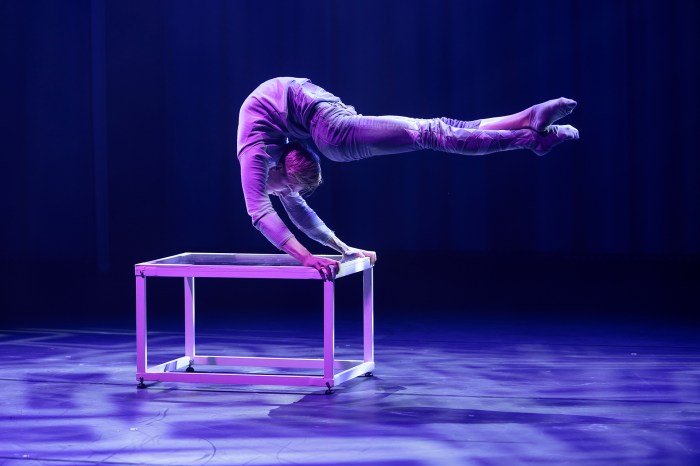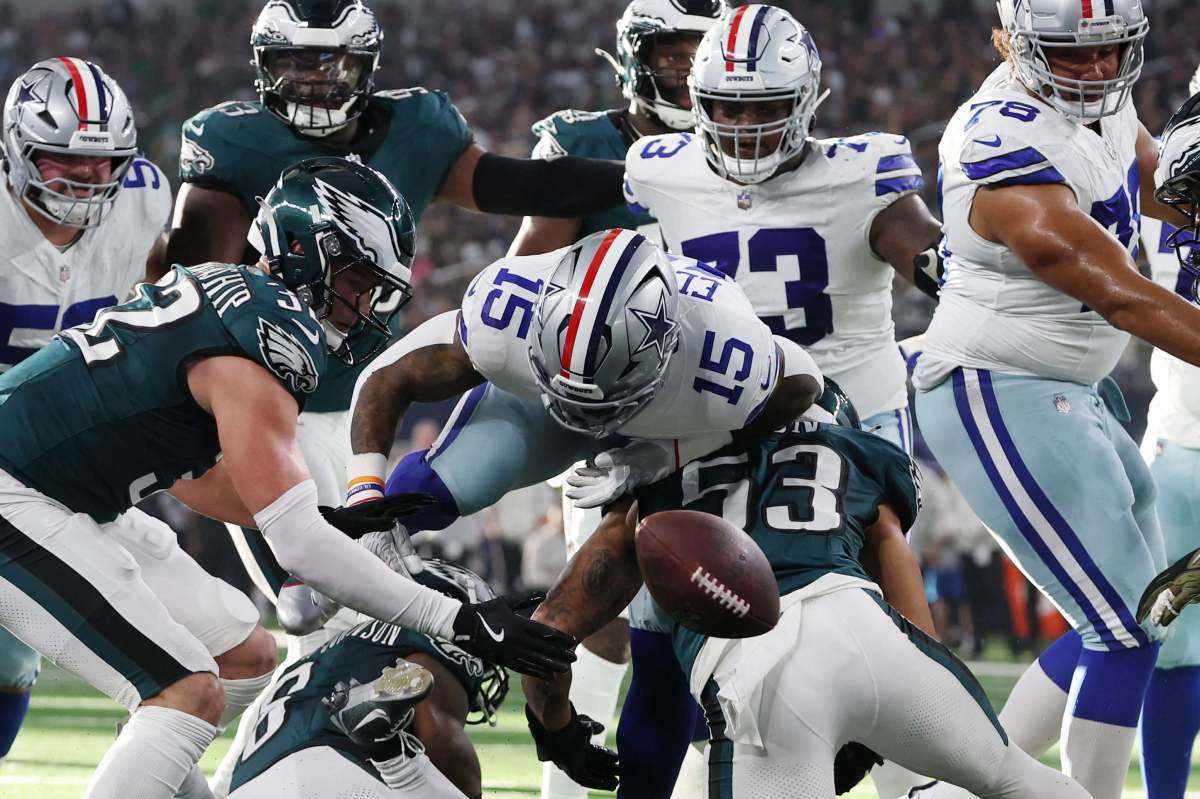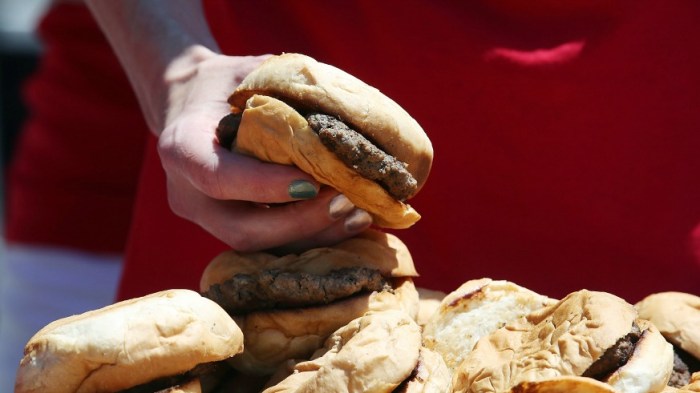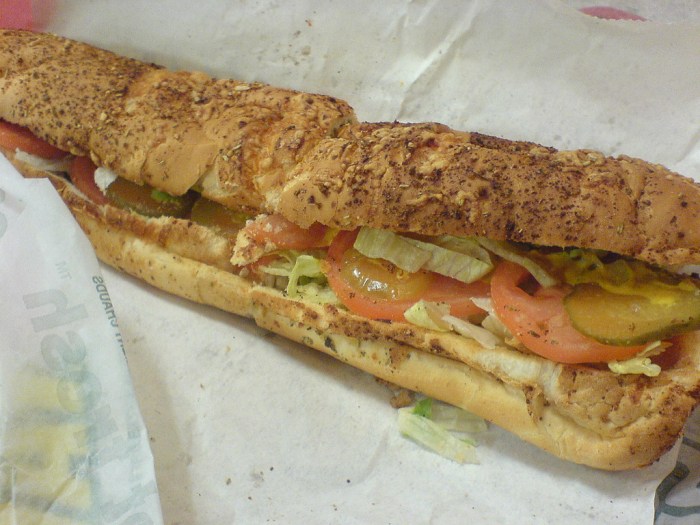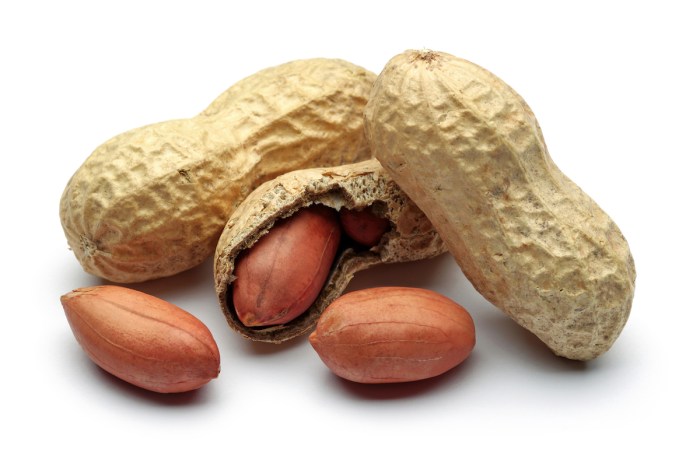I was always the second to last kid picked in gym class – second to last only because I had friends who would begrudgingly save me from being the last kid to join the team.
I blamed it on my parents; my mom told me she was also infamous for her lack of athletic talent. When she was five years old, living in Seoul, her friends rang a classmate’s doorbell so they could beat up the little girl who lived there and then run away. They told my mom to wait at the top of the block so she could get a head start. Finally, I had the chance to settle once and for all whether or not my genes were to blame when I got an e-mail from DNAFit. It continued: “ We understand that identifying and maintaining a fitness or weight loss regime can be a frustrating and confusing experience, this is where understanding our DNA can help … DNAFit’s non-invasive saliva test allows the optimal diet and exercise programme to be developed, personal to you and your genetics, to maximise results.” A representative from DNAFit came to drop off a kit and a consent form. I hadn’t even thought about the fact that I was shipping away my genetic material and started to panic – I wasn’t exactly keen to sign off the rights to my DNA road map, as cool as it would be to meet a bunch of Andrea Park clones. But I relaxed when I read the form: DNAFit does not release info to any third parties, and only stores information so that clients can access their own records if they lose them. Sophie, the DNAFit rep, sat with me as I swabbed inside my cheek. “A little longer,” she advised, as I scraped away. After about a minute and a half, I dropped my swab inside a tube and handed it over for analysis. A few weeks later, my results were back and it was time for me to chat with Craig Pickering, an Olympic sprinter and sports scientist. I skimmed over my report before the phone call and saw that the DNA test had correctly indicated that I was lactose intolerant. I also saw some surprises: Apparently, I did not need to add more cruciferous vegetables to my diet. I also learned that I have a raised sensitivity to salt, which didn’t surprise me given my family history with high sodium, and the only vitamin I needed more than the average person was Vitamin B. Pickering explained to me how the company comes up with its fitness and diet recommendations. “All of the genes have at least three peer review studies behind them – some have 200, but they all have at least three,” he said. “We are certain the genes have the effect we say they have.” The way the DNAFit diet and fitness reports work is that each section examines a trait, such as sensitivity toward carbohydates or pace of post-exercise recovery, and lists the genes responsible. I learned that my body was better-suited for power exercises than endurance exercises; DNAFit advised that given my genetic profile, my workouts should be split into 58 percent power (sprinting, high intensity workouts) and 42 percent endurance (long distance running) training. I asked if most people have a fairly even split, and Pickering said clients vary greatly in their power-endurance division, and that some are even recommended 100 percent power or endurance training. Pickering pointed out that I possessed the CC alleles for the ACTN3 gene, which means I’m better able to produce type II muscle fiber – also known as “fast twitch muscle fiber” – something common among sprinters. Pickering said 99 percent of Olympic sprinters have at least one C allele. “ If u have TT, you’re usually much better at endurance activity, so high level endurance runners are more likely to have TT than CC,” he said. It also turned out that I had a “very high” VO2 max score, which measures how effectively a person’s body uses oxygen during exercise.
“Having a high VO2 max lets you exercise longer,” said Pickering, to my surprise. “It means it would potentially take you less training to get fit than it takes me.”
“Does this mean if I tried really hard, I could run a marathon?” I pondered out loud to him.
“Yes,” he answered. “Your genes are theoretically better than mine and I’m an Olympic runner.”
My report also said that I recover very quickly between workouts.
“So I don’t really have an excuse? I’m very unfit,” I said.
“No, you don’t have an excuse,” he responded.
Pickering and I moved onto diet, and much to my delight, I learned that I had a very low risk for developing weight issues from fats and oils.
“You can probably put butter on everything,” said Pickering.
I asked him if I could eat one slab of bacon every day. “Two,” he responded.
I discovered that I had a below-average risk of developing weight problems from carbohydrates as well. This report was starting to become one big ego stroke.
Only when Pickering and I went over my elevated risk of developing health problems from the carcinogens in grilled or smoked meats did I feel a bit devastated.
“But I thought I could eat two slices of bacon every day,” I said weakly.
“Maybe four times a week instead,” he advised, helpfully.
I also learned that though I could get over hangovers fairly quickly (which I knew from plenty of personal experience), I didn’t particularly benefit from having a glass of wine a day. Pickering also said I could have three large cups of coffee a day and be fine, thanks to my lack of caffeine sensitivity. To recap: I learned that I could drink more coffee, and eat more fats and carbs.
I made myself a jar of bacon jam shortly thereafter, which is basically slow cooked bacon, brown sugar and maple syrup, and spread it on a bunch of crackers. Post-DNAFit life is pretty good. I haven’t started on power workouts yet, even though it seems like a shame to waste my better-than-Olympic genes, but I’ll get there one day. After all, Pickering did say I didn’t have to exercise as much as other people to gain the same muscle – I have plenty of time.
I took a mail-ordered DNA test to lose weight
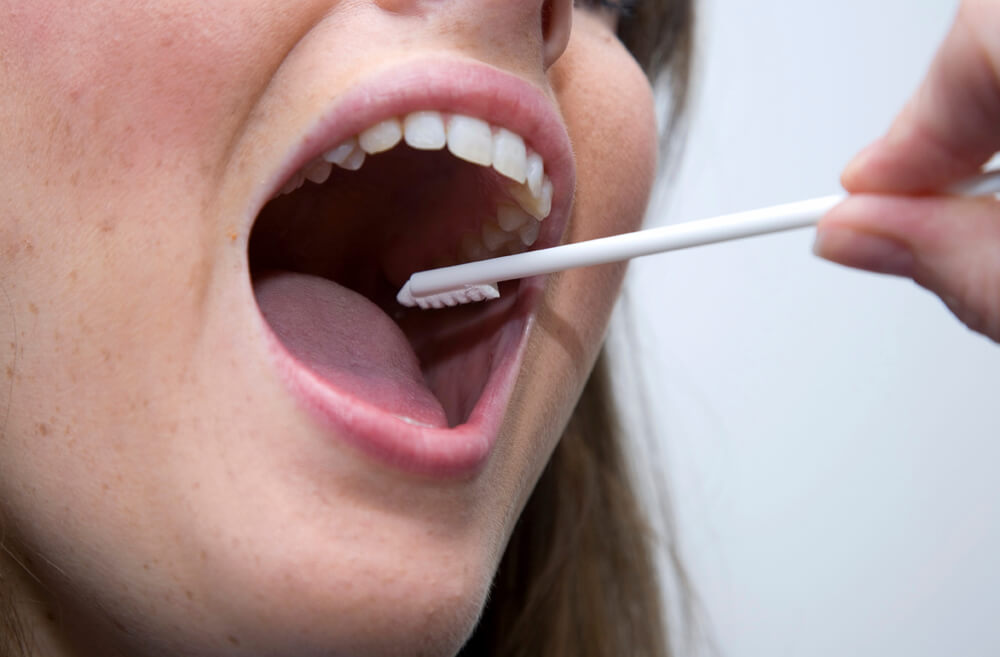
iStock

